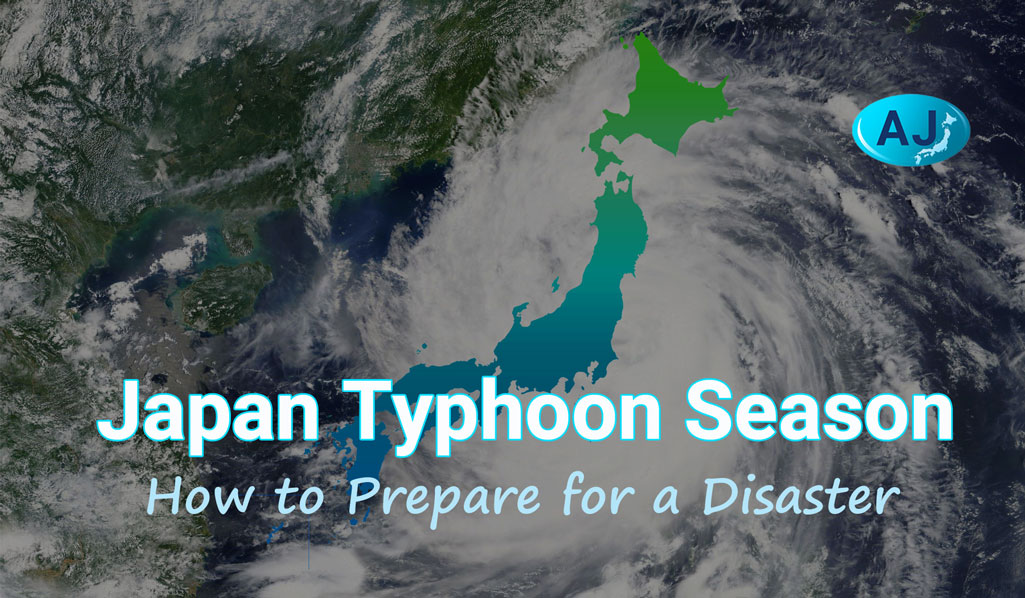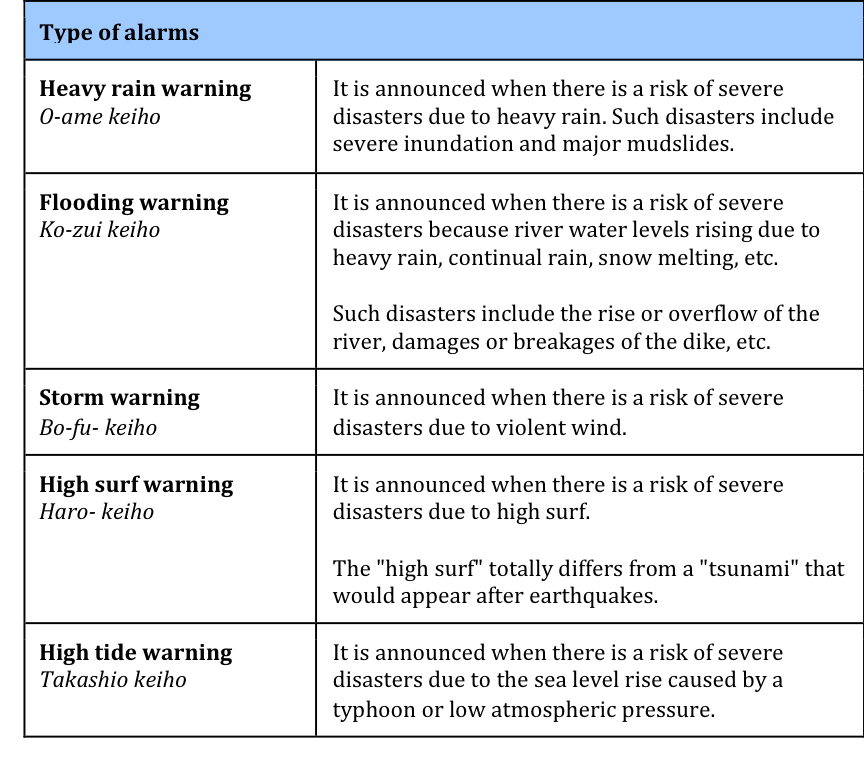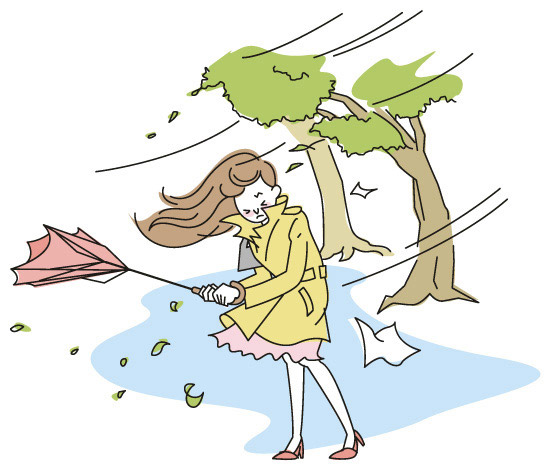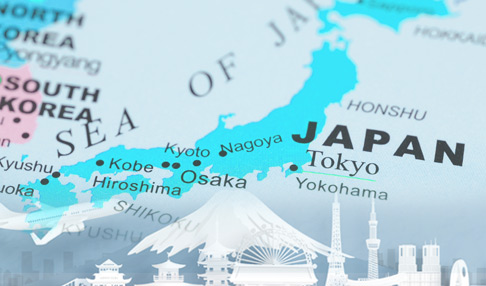Japan Typhoon Season: How to Prepare for a Disaster

It is not only earthquakes that you may need to keep in mind as risks of natural disasters in Japan. As sea temperature levels rise due to global warming in recent years, typhoons are beginning to originate closer to Japan, and are becoming more powerful.
Tropical storms, which arise from tropical depressions, are called "typhoons" in Japan and Eastern Asia. They are also called "hurricanes" in North and Central America, and "cyclones" in other regions. Keep reading to find out how to know early when a typhoon is approaching, and how to stay safe until it passes.
Typhoon Categories by Wind Speed
The classification of a typhoon is dependent on its wind speed and strength.
In Japan, a tropical depression with the maximum wind speed (MWS) faster than 38mph is called "Taifu". Internationally, any tropical depression with a maximum wind speed of 73mph or faster is referred to as a "Typhoon."

On the news and weather forecast, a typhoon is normally described as "a large and very strong typhoon," etc. When the Meteorological Agency announces a warning("Keiho") or an advisory("Chuiho"), please pay attention and be cautious.
Types of Typhoon Warnings
Major warnings can be expected at the time of a typhoon, especially with the sea nearby. Look out for the following types of warnings that can result from a strong typhoon.

From Japan Meteorological Agency website (converted from m/s to mph), here are some guidelines to measure the hazardous conditions brought on by strong winds from a Typhoon:
- ・45mph wind speed: People cannot easily stand straight up, and driving a car can be dangerous.
- ・50mph wind speed: Trees can be pulled up from the roots and knocked over.
> Weather warnings and alarms for Japan (English)

What to Do When a Typhoon Warning or Advisory is Announced
There are five rules of thumb to remember to take the appropriate action in the event of a Typhoon.
1. Prepare the Outside the House
Shut all the windows and shutters. Secure items that might fall or be blown away, and clean out all areas with poor drainage.
2. Prepare Inside the House
Check emergency supplies (See appendix), and affix tape over glass to prevent shattering, which can lead to dangerous shards.
3. Pay Attention to Storm/Flood Information
Staying informed is the best way to ensure the safety and survival of your family. Listen to the latest weather warnings, alarms and evacuation information from the television and radio.
4. Evacuate at the Early Stages of a Typhoon Disaster
Do not delay in evacuating when an evacuation advisory is issued or you feel in immediate danger. Check the advised evacuation method in your area. Also be sure to check the location of an evacuation site in advance as they vary depending on local administrative offices.
* This year many people may think of evacuating via private cars to safer areas rather than to crowded shelters in order avoid the risk of catching the new coronavirus. As a precaution, we highly recommend that you double check the amount of fuel in your vehicle in advance.
5. Do Not Approach Dangerous Places
Do not approach places where the riverbed is high, or where a flood or landslide may occur.
Dangerous Places to Avoid During a Typhoon
It is recommended to stay indoors whenever possible during a typhoon, but if you must be outside, avoid venturing out into these areas at all costs.
Shallow Beaches, Harbor Areas, River Mouth Areas at High Tide
Shallow beaches where water can deepen quickly and areas around harbors are vulnerable to high water conditions.
Stay away from coastal areas that are below average sea level at full tide. Levee breaks may cause serious disaster.
Alluvial Areas Pose a Flood Risk
Exercise extreme caution because deltas (made of sediment carried by the river and deposited at the mouth of a river) and floodplains (area made of deposited sand carried by consistent floods) can flood easily.
River basins and dry riverbeds can also present a serious danger of flooding during downpours.
Developed Land, Alluvial Cones, and Mountain Ranges May Result in Sliding
Developed land that was made by breaking up hillsides may contain unstable soil and terrain. These areas may slide when downpours loosen the ground.
Torrential downpours may cause mountain landslides, and alluvial cones at the foot of a mountain may receive a direct hit. Steep sloping lands of greater than 30° angles and heights of more than 5m may experience a landslide when there is rain.
There is an increased danger of mudslides at treeless mountains.
From Tokyo Metropolitan Government website.
Most Importantly, Stay Safe
Japan typhoon season is a natural phenomenon that should be taken seriously, but if you follow the steps above and keep yourself informed, you should be able to ride out the storm with ease.





